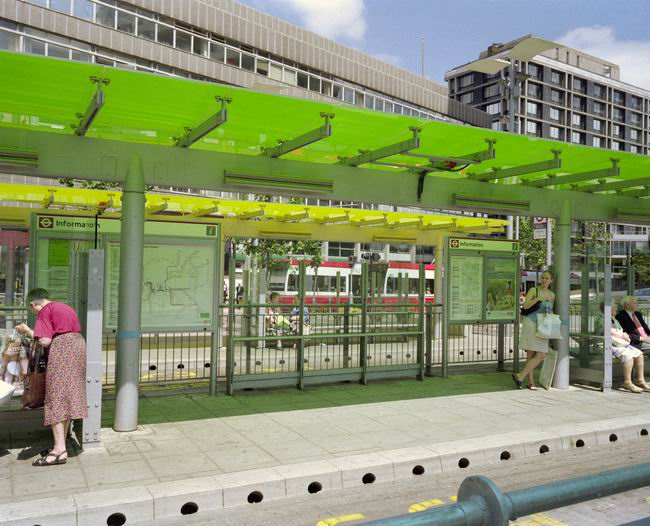Yesterday’s Photo Forum event in central London was well worth attending, with excellent presentations by both Clare Kendall and John D McHugh. I’ve only managed to get to four of the ten monthly sessions so far, and this was the best yet of those I’ve made, although I certainly did enjoy last month’s Christmas party.
You can see some of Kendall’s pictures from the Arctic tip of Canada along with other work on her Photoshelter site, and also read an article by her in The Ecologist. The area and Inuit people she shows are really experiencing the sharp end of global warming, with melting ice making travel difficult, igloos collapsing and more, and work like hers really brings it home to us.
Even though Kendall’s pictures show the area to be one of great natural beauty, I find it hard to understand why people choose to live there, and how they – and photographers – survive. London has been more than cold enough for me these last few days.
One point of minor technical interest was that she took two Nikon digital cameras, a ‘pro’ D2X and the ‘amateur’ D100, and it was the latter model that stood up to the extreme conditions when the pro camera came rapidly to a halt.
John D McHugh’s very impressive work from Afghanistan was I think made using a pair of Canon EOS 5D cameras, again not their truly professional model, although rather better suited in most respects to this kind of work. John first went to Afghanistan in 2006, financing himselg as a freelance for AFP (Agence France-Press.)
On returning to the UK he got a staff job covering routine press calls in London, but couldn’t stomach it. He resigned and went back to Afghanistan as a freelance, having been able to persuade the American forces to give him a “fighting season” embed. Five weeks into that, in May 2007, his unit was caught in an ambush in which eighteen Afghan and seven US soldiers were killed and four Afghan soliders, seven US soldiers and one Irish photographer were wounded.
McHugh, close to death, was from the start determined to overcome his serious injuries and get back to Afghanistan to continue his work, and amazingly he managed to return by November 2007.
In 2008 he returned there once more, this time working for The Guardian, who used his still pictures and video, as well as running some of his diary entries, which he had previously been posting on a personal blog.
McHugh’s pictures – all shown in black and white although many were used as colour images by The Guardian – are both dramatic and down to earth, showing very much the war as experienced by the soldiers whose lives he is sharing in the field. They show the tedium of waiting for things to happen as well as the usually organised chaos when things do – many as he says shot from a low angle for very practical kinetic reasons. His is coverage that is the next best thing to being there, but thankfully without us having to be there.
McHugh also made some interesting comments on being embedded, and how although he found a few of the rules a problem he was sometimes able to “wiggle” around these. As his work shows, the Americans gave him a tremendous degree of freedom, although apparently working with British forces is orders of magnitude more restrictive.
We also got a very good impression from his talk how limited the UK media reporting of Afghanistan is, and how many of those who are interviewed on TV and radio are either ill-informed or deliberately misleading. McHugh was also quite scathing of some of the military top-brass and the lack of proper coordination particularly when units are replaced that leads to a lack of a coherent approach by the US in the country. It was a talk and show that gave a real insight into the country which he so evidently is in love with.
McHugh’s work from Afghanistan in 2007 was recognised last year by the award in May 2008 of the inaugural 2007 Frontline Club Award.













